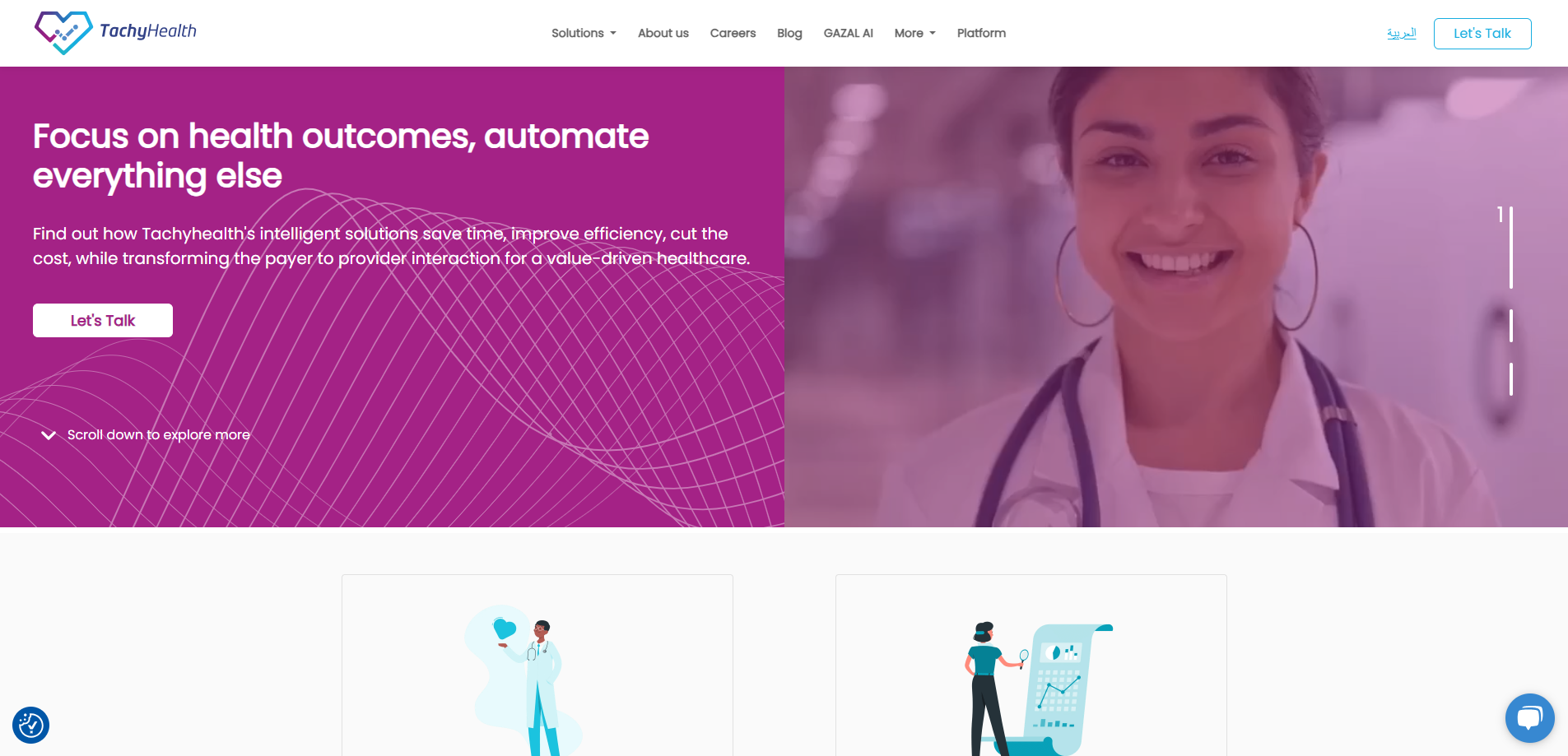Tachyhealth is focusing on Artificial Intelligence solutions for the healthcare payers and providers. It’s pioneering digital health solutions, having real cases trials, then scaling them up when successful.
Role I played:
Evidence-Based Coding Logic
Challenge: Ensure codes comply with country-specific billing rules (e.g., CMS in the US, OPCS in the UK).
Solution:
- Rule-Based Post-Processing:
- Validates AI predictions against official coding guidelines (e.g., ICD-10-CM Official Guidelines).
- Flags conflicting codes (e.g., “Z79.4 (Insulin use) requires E11.65 (Type 2 Diabetes)”).
- Dynamic Code Updates:
- Integrates with CMS/NHS APIs to auto-update coding rules annually.
System Integration & Deployment
A. Cloud-Based AI Inference
Objective: Provide real-time coding without requiring hospital IT changes.
Technical Stack:
- API-First Design: RESTful endpoints for EMR integration (FHIR/HL7 compatible).
- Scalable Backend:
- Kubernetes for auto-scaling (handles 100K+ requests/day).
- Redis for low-latency caching of frequent codes.
- Security:
- HIPAA/GDPR Compliance: AES-256 encryption, zero data retention policy.
- SOC 2 Type II Certified infrastructure.
Validation & Compliance
A. Accuracy Testing
- Benchmarked against human coders:
- 98% Precision on common codes (e.g., hypertension, diabetes).
- 92% Recall on complex cases (e.g., post-op complications).
- Continuous Monitoring:
- Detects code drift (e.g., new COVID-19 variants) and retrains models.
B. Regulatory Approvals
- FDA Cleared (SaMD Class II) for automated coding.
- CE Marked for EU compliance.
Business Impact
80% faster coding (30 sec vs. 5 min manually).
15% increase in revenue capture (reduces under-coding).
Adopted by 200+ clinics across US/EU.
- Seamlessly integrate with any hospital’s workflow
- All while maintaining strict compliance with global healthcare regulations.
Core Technical Implementation
A. The AI Engine
- Developed a hybrid NLP system combining:
- Fine-tuned BioClinicalBERT for code prediction
- Rule-based validation against official coding guidelines
- Continuous learning from user feedback
B. Cloud Infrastructure
- Built on AWS HIPAA-compliant architecture
- Implemented auto-scaling to handle peak loads
- Designed zero-data-persistence pipelines for security

